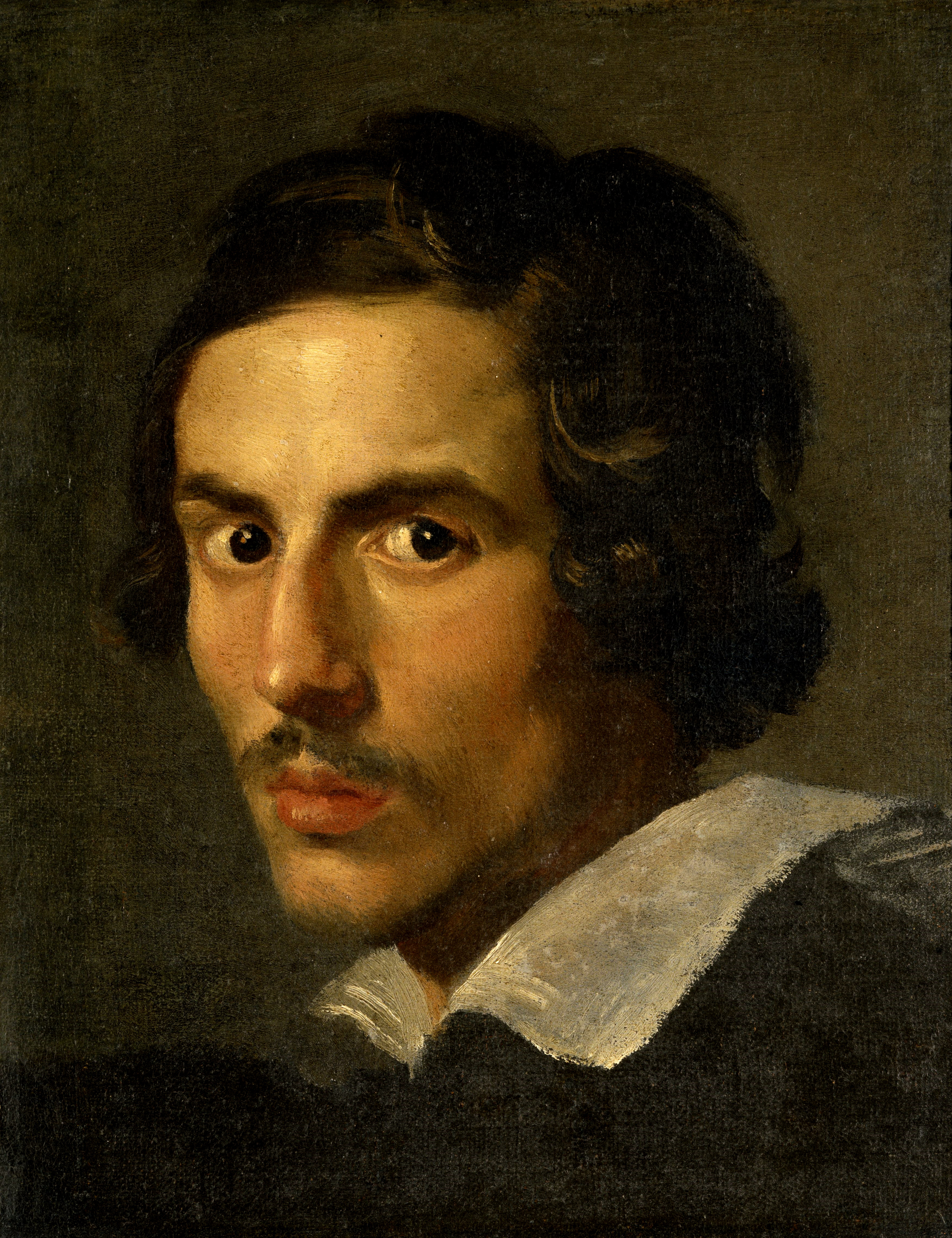On this day in 1598 Gian Lorenzo Bernini, an Italian sculptor and architect and one of the creators of the Baroque style of sculpture, was born.
Bernini carved mighty gods and martyred saints into marble as many great sculptors working in the classical style did before him. But he endowed his omnipotent subjects with a particularly human aspect, sculpting into their forms and expressions passionate emotions and carnal urges—and effectively revolutionizing three-dimensional art and the representation of the body.
Apollo and Daphne (1622–25), widely considered Bernini’s first masterpiece, portrays the climax of the mythological Roman tale described in Ovid's Metamorphoses. It shows Apollo amorously pursuing Daphne, who repels his advances. When she calls out to her father (the river god Peneus) for help, he resolved the situation by magically transforming her into a tree. In Bernini’s rendition, the urgency and passion of Apollo’s pursuit (induced by Cupid’s arrow) is communicated in the windswept cloth, only just covering his loins, and his strained torso as he reaches desirously for Daphne. For her part, Daphne’s innocence is captured in her almost naked body; her fear in a tense, outstretched arm and open mouth; and her transformation in her hair metamorphosing into branches and her toes into roots.
The sculpture scandalized some in the Catholic Church, but to others (including the Cardinal Scipione Borghese who commissioned the work) it was the most skilled, realistic representation of the body they had seen.
P.S. Check our list of the 5 fleshy sculptures that could come to life!


 Gianlorenzo Bernini
Gianlorenzo Bernini